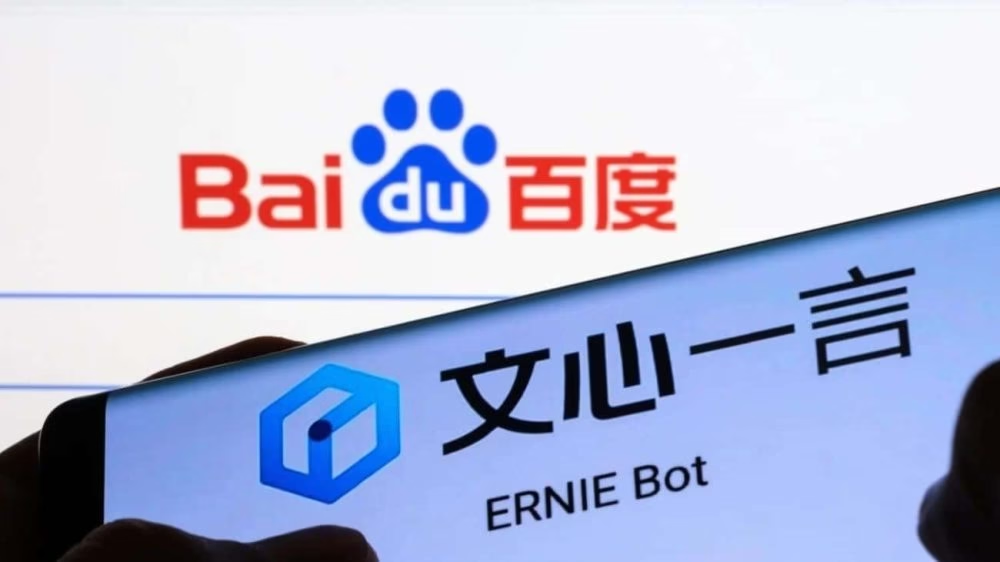In a groundbreaking move, Uber Eats has introduced robot deliveries in Tokyo, starting with a limited area as part of its autonomous service expansion in Japan. The US-based food app aims to address the growing labor shortages in the country and plans to extend the robot delivery service more widely in the future.
The green self-driving delivery vehicle, equipped with square headlights resembling eyes and three wheels on each side, navigates Tokyo’s streets to pick up orders from local restaurants. Operating at speeds up to 5.4 kilometers per hour (3.4 mph), the robot calculates routes independently, utilizing sensors to avoid pedestrians and obstacles. The autonomous vehicles have a human operator on standby for intervention if needed.
Uber Eats executive Alvin Oo mentioned that, initially, the service will be limited in scope, with app users required to wait outside for the robot to arrive. However, the long-term vision includes expanding the service to reach customers’ doorsteps, particularly in high-rise urban areas like Tokyo. Oo also highlighted the potential for robot deliveries to benefit rural areas facing challenges due to an aging population and a shortage of drivers.
The development of Uber Eats’ autonomous delivery robots, created in collaboration with Mitsubishi Electric and US start-up Cartken, aligns with recent changes in traffic laws in Japan, allowing the use of delivery robots on public streets. While the service is currently confined to a few restaurants in Tokyo’s Nihonbashi district, Uber Eats envisions broader applications in the future.
Passers-by in Tokyo have shown interest in the robot deliveries, with some praising the innovation for its convenience, cuteness, and potential societal benefits, particularly in a country with an aging population and workforce shortages. Uber Eats aims to navigate the challenges of autonomous delivery while reassuring existing human delivery partners that there will continue to be work opportunities on the platform.



